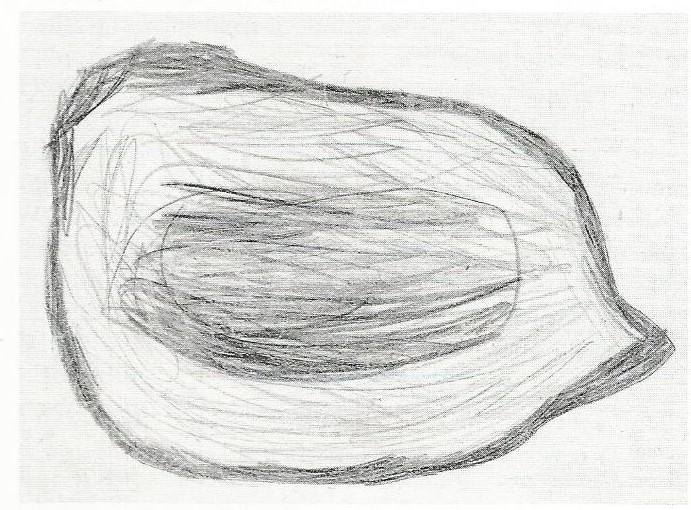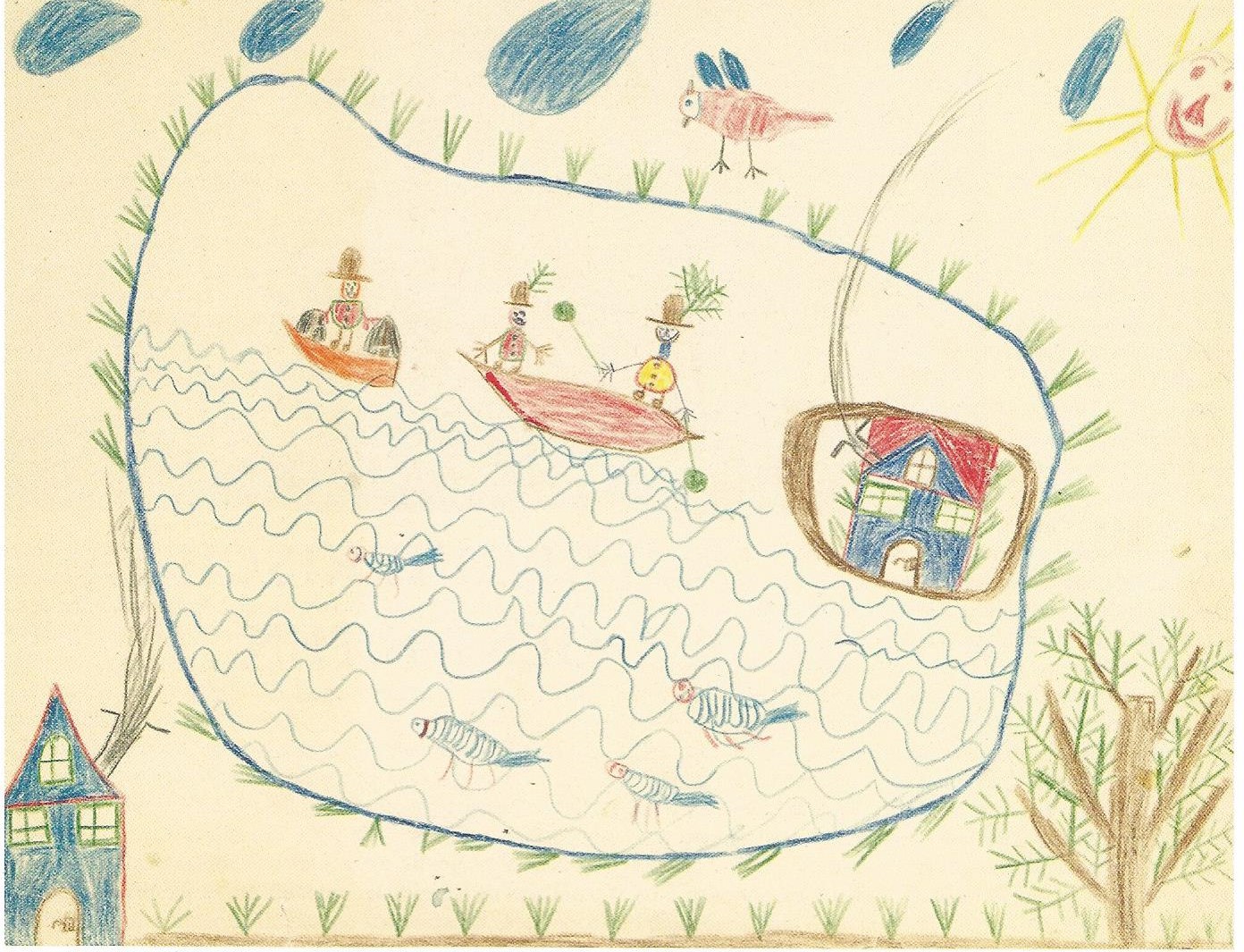
Figure 1 on the left is Waldemar's first drawing.
Figure 2 on the right is Waldemar's new drawing made after some refflection.

Pedagogy
“It seems to me that in selecting an approach to teaching art in the schools, one should choose one that is congenial to young minds and aids them in their overall development. A formalist approach serves both goals.” Wayne V. Andersen
A way of thinking, an attitude, a set of opinions: the Theory of Visual Art proposed by Gustaf Britsch is just these. It is not a dogma. It is, however, based on the laws of human perception and is grounded in laws guiding the development of a particular kind of perception. It is also finds its philosophical base in a concept of reality that is particularly relevant to children and young adults.
Unfortunately, it has been given the academic death sentence by being a formalist philosophy, which could, according to some, only harm the young subjected to it. That when artists in their personal assessments speak so much about form, when form for them seems the most important thing of all, it does not prove that they are formalists, but that form is taken for granted. That form speaks is something many today have forgotten. Form questions are core issues.
This section will provide case studies of classroom and individual “learning” situations. (Learning in this sense means the student(s) are placed in a situation that 1) provides an environment conducive to allowing them to develop their ability to visually imagine, 2) provides the support they require, and 3) challenges them.)
Topic #1: How children visually configure. (Setting: An elementary school 2nd grade classroom.)
“At the beginning of the school year after summer vacation, I began a discussion with my class of 30 boys about their experiences during their vacations. At the end of the discussion, I gave the assignment to make a drawing of their most memorable experiences.
“With 30 boys in the class, it took some time to take in the resulting drawings. Figure 1 is the drawing that I found on Waldemar’s desk. I asked him, ` did you land on a hay stack? ` The shy boy needed the encouragement and related that the drawing was about a lake with a small island in the middle. He and his parents took a boat ride to the island. Then I spoke to him using gestures about the waves in the water, the fish swimming in it, and the reeds growing on the bank of the lake. And then I asked him what he saw on the island? Upon his answer that on the island was a small inn, I turned his paper over and asked him kindly to draw the many beautiful things. Figure 2 is the result of Waldemar’s second attempt.”
Teacher: Leonore Weindl. (See p. 26 in Weindl's book in the website bibliography.)

Figure 1 on the left is Waldemar's first drawing.
Figure 2 on the right is Waldemar's new drawing made after some refflection.
